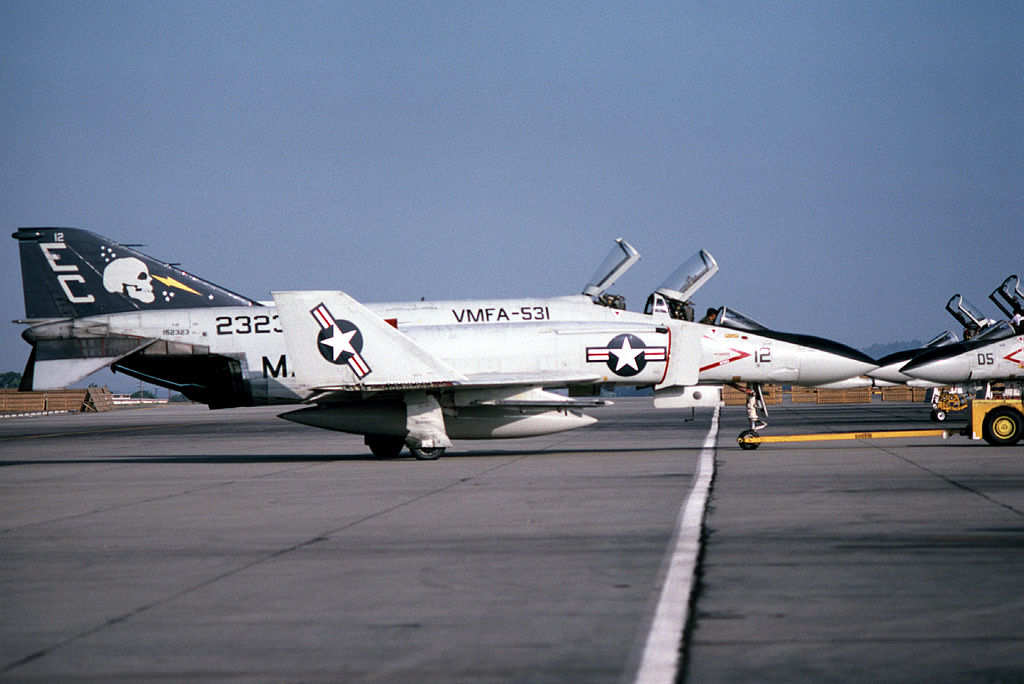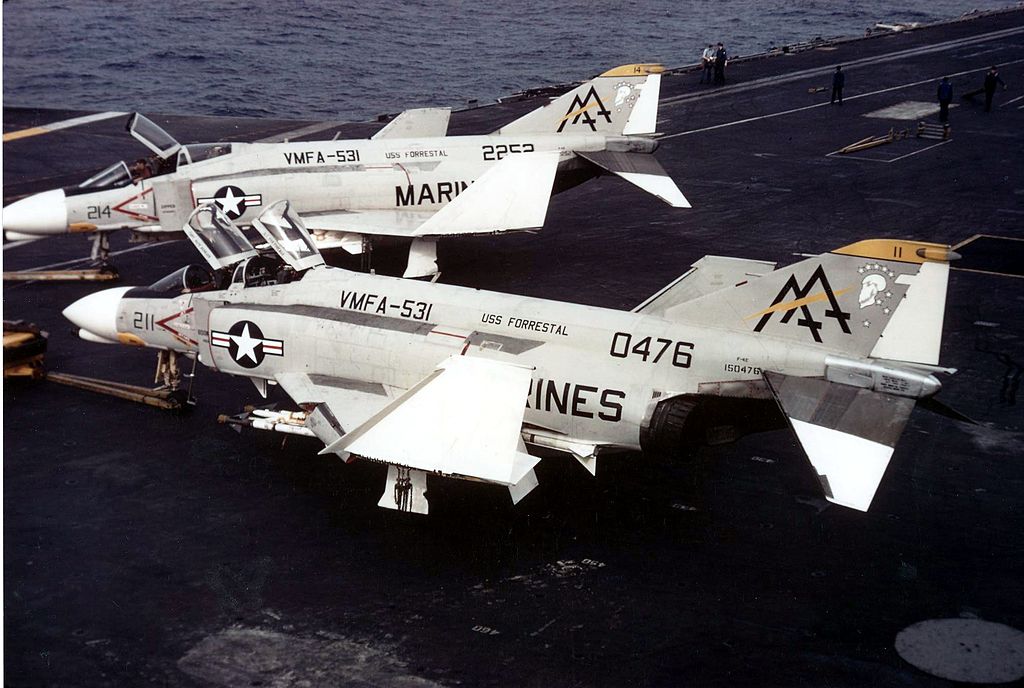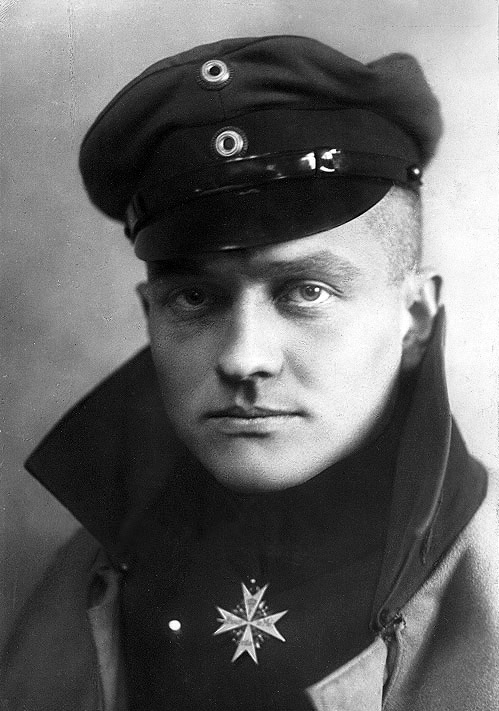Enterprise had shed her first blood in response to the Japanese attack on Pearl Harbor
On the evening of December 8, 1941, the USS Enterprise CV-6 (The Big E) arrived back in Pearl Harbor, and by that point the entire American Strategic situation in the Pacific was a complete mess. While Oahu, the center of the US military in the Pacific, saw the majority of its air power decimated, the Pacific Fleet Battle Line was all but destroyed. The Wildcats Enterprise that had just been given to Japanese Land Based Naval Bombers from the Japanese-occupied Marshall Islands was lost at Wake Island, farther to the west across the International Dateline, with 8 of the 12 aircraft being lost.
Half of the bomber strength and a third of the fighter strength of the US Forces in the Philippines had already been lost. The American war effort was essentially like a boxer who entered the ring expecting a battle but received a knockout blow just before the bell rung.
Vice Admiral Halsey’s resentment at what had been done to His Navy boiled like a pressure cooker aboard Enterprise, turning into a fierce hatred of the Japanese that would fester for the rest of his life. Halsey embodied the US Navy’s spirit of retribution, a burning determination to exact revenge, and a deep-seated contempt for the guilty.
Halsey had lost close friends, classmates, and men he had taught to an assault he was powerless to stop. His Enterprise Air Group and his troops had also suffered losses from both hostile and friendly fire. Last but not least, he would have been aware of the significant personal cost incurred by Admiral Kimmel, a classmate from the Naval Academy whom he had known for close to fifty years.

By ordering an all-hands drill and staying on board only long enough to take on more supplies, Enterprise was capable of resupplying within 7 hours and resume its journey before dawn. Nowadays, Enterprise would serve as the Hawaiian Islands’ Guardian, once more patrolling as a moving airbase and dispatching armed scout planes to every quadrant.
The pilots of Enterprise’s aircraft were equally eager for a fight because they had lost other pilots and because many of them had heard the startled final transmissions of those pilots as they were shot down as they approached Oahu on that morning of December 7. Halsey’s rage served as a conduit for the rage of everyone in his task force, and as time passed, it eventually permeated the whole war effort.
There was no doubt as to what would happen when two SBD Dauntless aircraft led by the VS-6 pilots sighted the Japanese Submarine I-70 on the surface. The loss of HMS Courageous in comparable circumstances in 1939 and following occurrences in 1942 established that the Sub posed a clear threat. I-70, a ship that took part in the attack on Pearl Harbor, was the first significant Japanese military ship sunk during World War Two.

I-70 was one of a series of submarines dispatched to patrol off the coast of the Hawaiian Islands during the attack on Pearl Harbor on December 7, 1941, according to the Battleship Cove Facebook Page. It didn’t respond to a radio call that day. The submarine’s last radio transmission, on December 9, 1941, described seeing the USS Enterprise close to Naval Station Pearl Harbor.
A Douglas SBD-2 Dauntless aircraft from VS-6 observed it on December 10, 1941, after 6:00 AM. The aircraft scored a near-miss with a 1,000-pound bomb which damaged its hull and prevented it from diving. The SBD was able to climb to 5,000 feet and strike the ship amidships with a bomb, blowing numerous gunners overboard despite the submarine’s attempts to maneuver and even its ability to fire its 13 mm deck machine gun. About 45 seconds after the sub stopped, it vanished underwater.
The war was on, and in reaction to the Japanese attack on Pearl Harbor, Enterprise had shed her first blood. First to respond was the infamous BIG E.
Photo by U.S. Navy; Facebook Page Pensacola Aerospace Museum





















